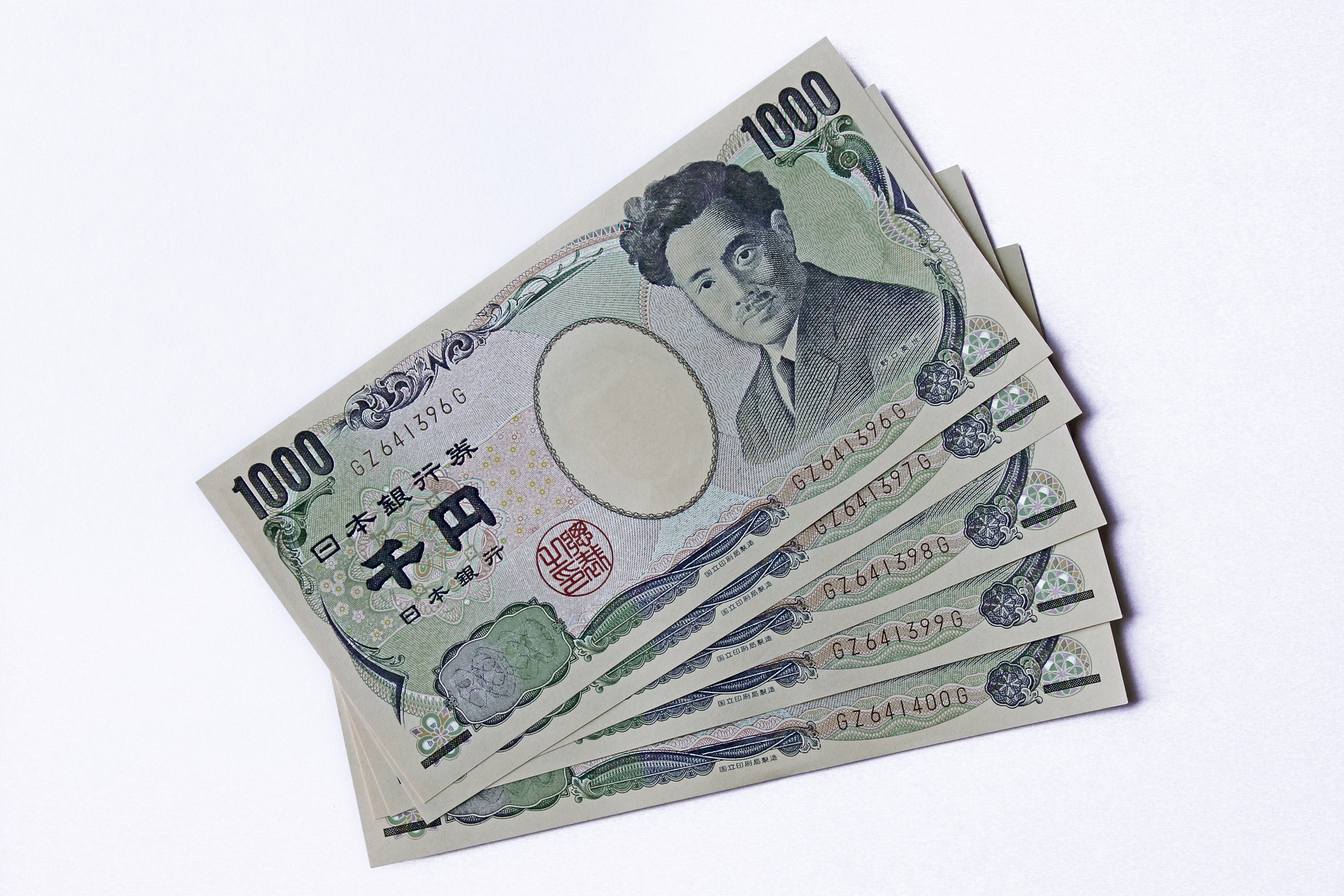The Dollar to Yen is on a consistent downtrend for the fourth day. USD/JPY fell below crucial levels at 113.23 and is trading at 113.07 levels.

Dollar to Yen Slips From Multi-Year Highs
The Dollar to Yen slipped from its 2021 highs at 114.40, moving lower for the past four trading sessions.
The Dollar to Yen currency pair marched to high levels, despite political instability in the country. Though the economy saw a setback after the spread of the coronavirus during the 2021 Tokyo Olympics, the USD/YEN currency pair was trading higher.
After consolidating at the multi-year high levels at the 114 area, the Dollar to Yen shows weakness. The US Dollar against the Yen fell to 112.72 levels during trading hours on Tuesday, November 9, 2021.
The new government intends to bring a financial package to stimulate the economy from the pandemic effects, and the Yen reacted to the news.
Japan Elects Fumio Kishida as Prime Minister
Japan has a new prime minister, Fumio Kishida. His “new capitalism” policy is different from the Abe strategy of his predecessors that brought in heavy criticism from the opposition.
Kishida dissolved parliament early, calling for elections on October 31. His big win helped his party secure 261 seats, winning by a big margin. His Liberal Democratic Party (LDP) faced severe criticism for mishandling the covid pandemic and holding the Olympics in Tokyo despite the rising pandemic amid heavy public criticism. Kishida was the foreign minister of Japan from 2012 to 2017. He promises “new capitalism” and an economic stimulus package to strengthen the economy.
His predecessors, Shinzo Abe and Yoshihide Suga brought the Abenomics policy, which laid emphasis on monetary easing and growth strategy. Japan’s economy, which slowed down in the late 1980s, saw some growth by the Abenomics policy introduced by former Prime Minister Shinzo Abe. But, the Japanese economy slipped into a gradual slowdown for two decades through economic stagnation.
However, the Abe policy faced heavy criticism from many, including Kishida. Kishida’s policy of new capitalism is to share out the wealth among the population. The wealth gap between the poor and the rich has become wider by Abenomics. Kishida hopes to fill up this wealth gap with his new capitalism policy.
The stock market reacted by moving lower on the appointment of the Prime Minister. The Nikkei 225 is on a downward momentum for the past eight consecutive days. Experts call it the “Kishida shock”.
PM Kishida Vows $88 Billion Fund
As a first step towards the new capitalism policy, Prime Minister Kishida plans to bring a University Fund of $88 billion to promote Japan in the science and technology sector. It is a growth strategy that the economy needs to distribute wealth equally to the public, says Kishida.
A panel to unfold the new capitalism policy brought out a report. The panel plans to overcome negative issues in the country with the new policy. Plans to bring in green energy will start with the car industry. Chip technology, batteries for electric vehicles will take priority, says the report.
Bank of Japan keeps interest rates unchanged at -0.1%. The 10-year government bond yield is at 0%. Consumer inflation remains unchanged at 0.9%.
Bank of Japan keeps its GDP projection rate at 3.4%. In July, the forecast was at 3.8%. Lower exports and lower consumption levels have brought down GDP projection. Supply disruptions are hurting the manufacturing sector.
The vaccination process is swift as people are willing to get inoculated. Governor Haruhiko Kuroda says that the economy may show recovery as the pandemic effect subsides.
Household spending has risen from -3.0% to -1.9%, a vast improvement from the data seen last year.
Fed takes a Dovish Outlook
The US said that tapering would begin on its massive stimulus plan without specifying any time limit. Countries like the Bank of Australia have brought in rate hikes. The decision to raise rates after the tapering slows down, brought the USD/JPY lower. Investors expect rate hikes by early next year.
The Fed claims that high inflation is transitory. Inflation is high, much higher than the target level of 2%.
EUR/JPY On a Downward Trajectory
The Euro to Japanese Yen is on a downward trajectory from the 133.50 levels. It declined almost 1.9% in two weeks. It has support at 130.65. A break below this level will dampen its bullish trend.
GBP/JPY Weakens
Bank of England did not hike interest rates in its policy meeting this week. The GBP/JPY currency pair in the foreign exchange market fell below its critical levels at 156.03. It lost almost 3% from the 158.00 levels reached on October 20.
AUD/JPY Moves Lower
The AUD/JPY currency pair moves lower in November. It slipped almost 2.9% after hitting multi-year highs at 86.27 on October 21.
The safe-haven currency, Dollar to Yen surged to high levels in late October, to levels last seen in 2019. But currently, the Japanese Yen shows weakness as it moves lower against major currencies.